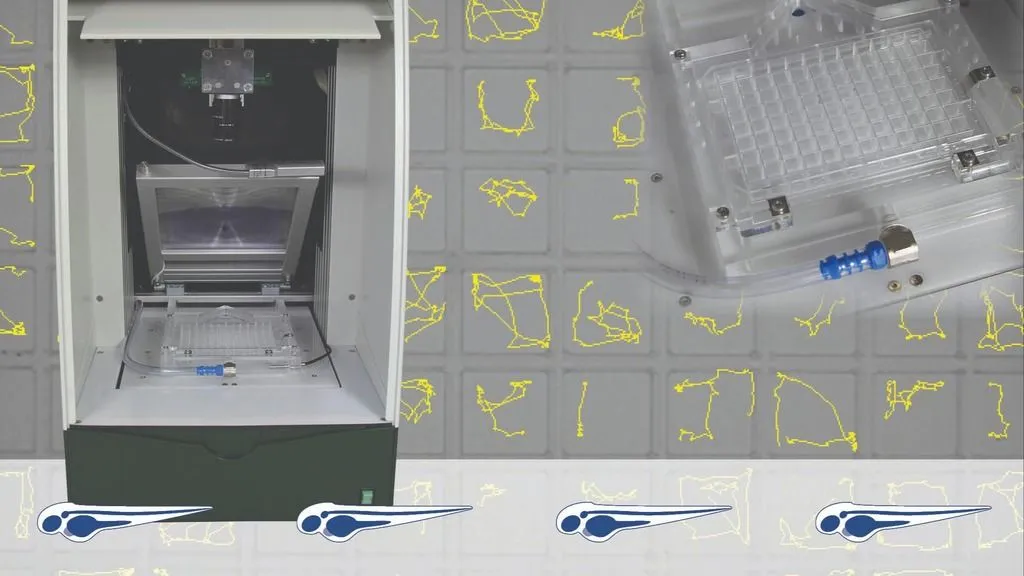Behavioral Research Blog

17 Dec
general behavior research
Research Methods
NIH Grant Writing Series: Insider Tips for Funding Success - Part 3
In this series of blog posts, Dr William Gerin gives advice on how to choose the right collaborators, craft a compelling Specific Aims page, and prepare pilot data that convinces reviewers your research is feasible, important, and worth funding.

11 Dec
human behavior research
Other (Human)
Behavioral research explained: stimuli, emotion, interaction, and coding
Explore key concepts that shape human behavior research. This post brings together essential ideas that help researchers study behavior with more clarity.

02 Dec
human behavior research
User Experience
Behind the scenes of a usability test
Through usability testing, real user behavior comes into focus. It reveals hidden friction points and delivers insights that help shape better, more intuitive digital products.

02 Dec
animal behavior research
Neuroscience
Understanding epilepsy through a new mouse model
A new Frontiers in Molecular Neuroscience publication, coauthored by Noldus’ Jason Rogers, examines whether a very small cortical disruption can generate epilepsy. The study sought to explore how focal changes shape both neural function and behavior.

18 Nov
animal behavior research
Zebrafish Research
What can I use DanioVision for?
Researchers use zebrafish of all life stages, from embryo's to full adults. These researchers do high-throughput research and are therefore in need of a good automated system. DanioVision is the best tool for this type of research.

10 Nov
human behavior research
Psychology
How new methods are transforming Autism Research
Researchers apply behavioral and physiological tools in everyday environments to study autism as it truly happens. These real-world approaches bring research closer to daily life and deepen our understanding of human behavior.
21 Oct
human behavior research
Research Methods (Human)
Eye tracking without the expensive hardware: powered by FaceReader
Ever wondered what really catches someone’s eye? FaceReader now includes webcam-based eye tracking, giving you powerful insights into where people look, how they feel, and what drives their decisions. No extra hardware required.

09 Oct
animal behavior research
Gait and Locomotion
FAQ: tips and tricks for CatWalk XT
We've compiled a list of the most asked questions by CatWalk XT users. For this blog we have asked our best trainers to answer these questions. Whether you are a beginner or a seasoned user, there is something here for everyone.

10 Sep
animal behavior research
Anxiety, Depression and Fear
Animal research assists in understanding fentanyl withdrawal symptoms
Drug overdose lethality has risen over the last years. Fentanyl is the biggest contributor to deaths in the USA. In this blog we explore the complications with researching fentanyl and how animal models provide much needed insights.

27 Aug
human behavior research
Psychology
Behavioral coding: What and how
When you study human behavior, coding your data is the initial step to analyze data. Coding behavior enables you to evaluate your research questions and draw reliable conclusions.